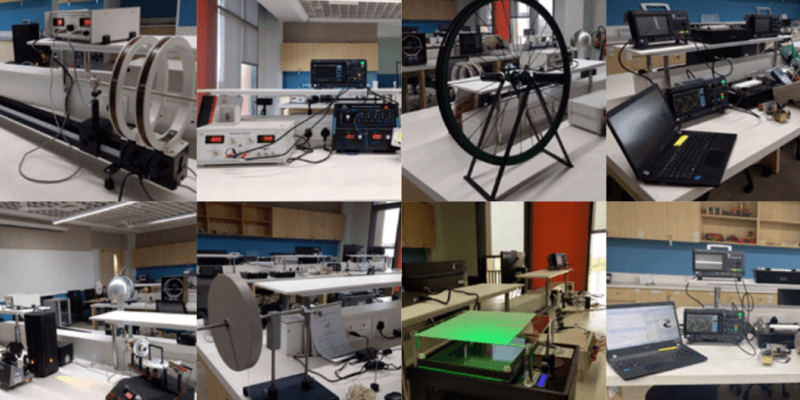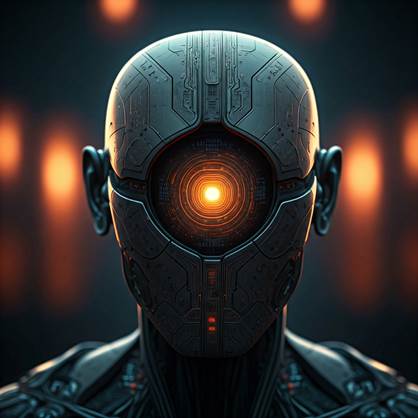
One of the biggest challenges in science and engineering education is mathematical abstractions related to complex concepts, which detach students from the subjects while leading into isolation, confusion and frustration. The attention soon shifts to memorizing concepts and students are awarded for their ability to reproduce it through a structured set of tests. This destroys the excitement and curiosity of learning and the joys of discovery.
At Plaksha, we are experimenting with novel trajectories in pedagogical solutions. In that context, a key step has been towards developing a unique and dedicated lab on physics and electronics which showcases some of the greatest inventions and discoveries of mankind, starting from wheel to integrated circuits and microprocessors!
Bridging theory and practice
Teaching usually starts with an exciting experiment followed by a detailed dialogue on its theoretical as well as empirical ramifications. For example, when we discuss electrical charges and electric fields, we literally show students how charges are generated and the way they can make the strands of hair stand in radial directions.
Adapting engineering labs in the first year is also bridging the gap between school education and engineering education. Many students who come to Plaksha may not have had access to well-equipped science labs in their schools. A great physics lab experience in the first year excites them about hands-on learning and builds their confidence. This foundation helps them transition smoothly into their second year, ensuring they can engage more deeply with advanced engineering concepts.
Engineering cases are extensively discussed with related demonstrations. In one class, students were shown the signal degradation of a radio set as the jockey entertained them at 93.5 channel! In many cases, students were left amused when they realized how little they know about how a bicycle maintains stability as its handle is turned during a ride.
We have been able to develop novel gadgets to showcase highly nuanced concepts like generation of electron, their deflection in magnetic field, generation of standing waves in strings, photoelectric effect, interference of light, among others. Besides their use in regular teaching, visitors from schools, including students, teachers and parents of prospective students also enjoy these demonstrations.
Isaac Newton’s special ability lay in the fact that he was able to connect localized events, e.g. the trajectory associated with the drop of an apple to global events like the trajectory of planets and stars. This also happens to be our philosophy, where we are striving to link our work with national and global pedagogical needs.
Dr Dhiraj Sinha is an Assistant Professor at Plaksha University.
This article was first published in our 1729 Newsletter July 2024 - Jan 2025.



